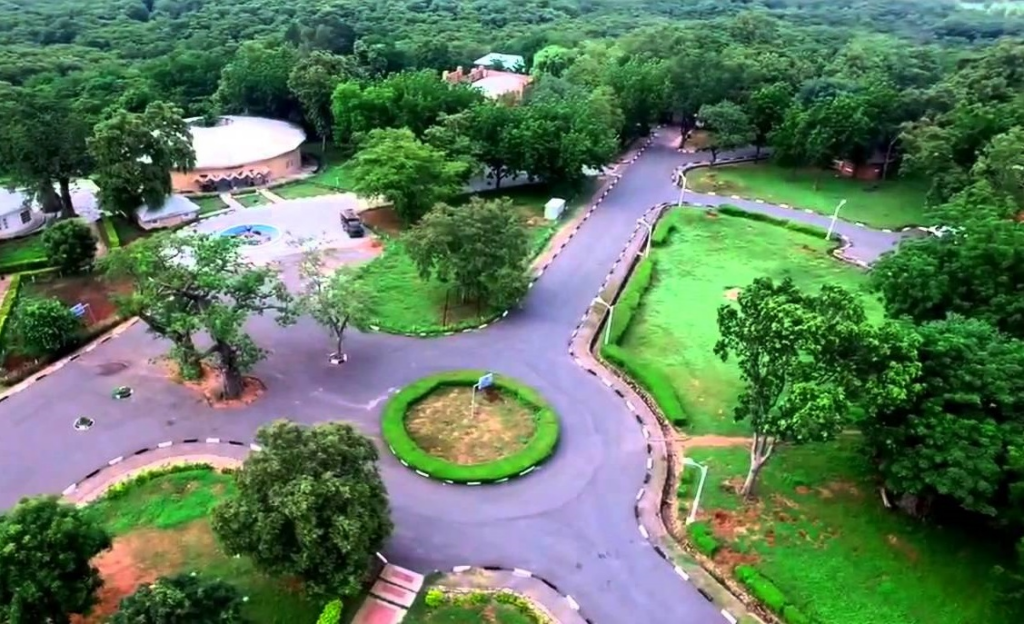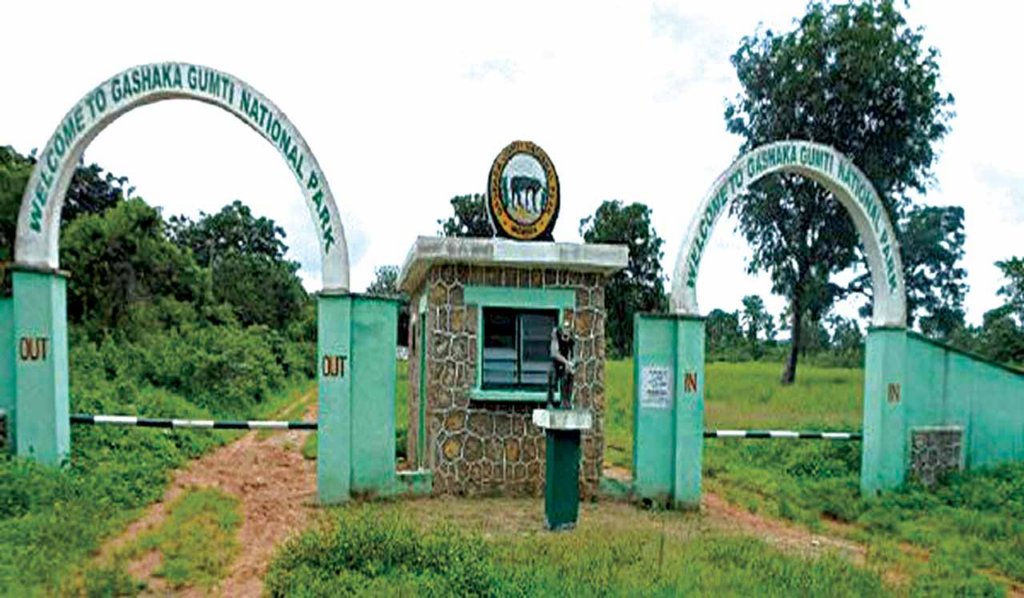Nigerian wildlife is one area God has richly blessed the country. Nigeria has a plethora of wildlife ranging from elephants, leopards, lions, giraffes, crocodiles, hippos, primates, and birds to reptiles.
Despite a decline in the number of this wildlife due to the criminal activities of poachers, habitat loss, deforestation and other forms of human activities, some of this wildlife is still in existence.
The Nigerian government on its part has taken some steps to help mitigate this decline and ultimately prevent the extinction of these animals. One of the measures put in place was the establishment of wildlife conservation areas, national parks and game reserves across the country. To help serve as a safe haven for Nigerian wildlife, here are some conservation areas you need to know.
Yankari National Park

When it comes to Nigerian wildlife and national parks in Nigeria, the Yankari National Park is easily the first name that comes to mind. Yankari is located in the northeastern state of Bauchi. Geographically, it has an area of 2,244 square kilometres and houses several species of wildlife and ecosystems.
One interesting attraction of Yankari National Park is its large population of elephants. Its population of elephants is among the largest in Africa. Other animals in the park are leopards, hyenas, baboons, different species of antelopes and over 350 species of birds.
Additionally, Yankari National Wildlife is not only a wildlife conservation centre. It has several natural features that serve as tourist sites to visitors. The most notable of these is the Wikki Warm Springs which is a series of natural hot springs. The springs are open to tourists and visitors to go for swimming and relaxation. The Yankari National Park also has features like waterfalls, caves etc
Yankari National Park offers accommodation facilities like a safari lodge, chalets and a campsite for visitors and tourists looking for a place to relax or spend their holidays. This park also features guided game drives, walking safaris and cultural tours to neighbouring villages.
Okomu National Park

Located in the southern state of Edo State, Okomu National Park is also another of Nigeria’s wildlife conservation centres. As part of the government’s efforts to conserve Nigerian wildlife, the park was built in 1953. Originally, it was established as a forest reserve to help preserve a species of monkeys only found in Nigeria; the now-imperilled Nigerian white-throated guenon. The park became a national park in 1999. Geographically, it is 1,082 kilometres in size.
The park features several species of Nigerian wildlife as well as plants. Interestingly, it is home to over 140 species of birds, 33 species of mammals and a host of reptiles and elephants. One of its most popular wildlife is the elephant, which is also the largest animal in the park. Unfortunately, it is one of the most imperilled species in West Africa.
Other Nigerian wildlife like bush pigs, chimpanzees, duikers, pangolins, and species of primates like the red colobus monkey and the mona monkey are also in this park. A variety of native Nigerian trees are also a special feature of the park.
Some activities visitors to Okomu can enjoy while visiting are guided walks and drives, birdwatching, and visits to local communities. The park also offers accommodation facilities like a guest house and a campsite.
Gashaka-Gumti National Park

This is the largest national park in Nigeria. Located in Taraba State, it covers an area of 6,402 square meters. It was built in 1991 with its name coming from the state’s major rivers, the Gashaka and the Gumti.
The park has a diverse array of Nigerian wildlife including over 100 species of mammal and 500 species of bird. It also has elephants, leopards, hyenas, lions, baboons and several species of antelope, the African wild dog, the chimpanzee and the drill.
Gashaka and Gumti National Park have special features like game drives, birdwatching, village tours, a tourist camp, a research station and a guest house.
Omo Forest Reserve

Located in the southwestern state of Ogun, this Nigerian wildlife conservation is a protected area covering approximately 1,045 kilometres. It is one of the largest forest reserves in Nigeria. The reserve was named after the Omo River.
It has several varieties of Nigerian wildlife including primates like the white-throated guenon, the mona monkey and the chimpanzee. Others are duikers, pangolins and bush pigs. Interestingly, it is also home to over 200 species of birds.
As part of its ecosystem, the reserve is a source of water to the neighbouring communities, timber and non-timber forest products such as honey, medicinal plants and mushrooms. It also supplies water to other rivers and streams which help to facilitate agricultural activities.
Some of its special features are hiking, birdwatching, and visits to local communities. It also has accommodation for visitors.
Cross River National Park

This is another Nigerian wildlife conservation that is a protected area. Located in the southeastern state of Cross River, Cross River National Park was built in 1991 with an approximate area of 4,000 square kilometres. It is one of the largest parks in the country.
The has more than 1500 plant species and over 300 species of birds and primates including the threatened Cross River Gorilla and the Nigeria-Cameroon chimpanzee. It houses other mammals like elephants, antelopes, buffalos and leopards.
The ecosystem has tropical rainforests, montane forests and savannah grassland. It has special features like hiking, birdwatching and wildlife viewing. It also offers accommodation to visitors.
Kainji Lake National Park

Named after the Kainji Lake on the Niger River, the Kainji Lake National Park is Nigerian wildlife conservation located in the central Nigerian states of Niger and Kwara. It was built in 1979 and it has an approximate area of 5,341 square meters. It is also listed as one of the largest parks in Nigeria.
The ecosystem comprises woodland savannahs, grasslands and riparian forests. It houses different species of Nigerian wildlife including buffalos, elephants, antelopes, baboons, patas monkeys, vervet monkeys and olive baboons. Part of its wildlife is also more than 300 species of birds.
Some of its notable features are game drives, fishing, boat cruises and village tours. Lodges and campsites are also some accommodation options.
The Nigerian wildlife despite its richness faces a continuous threat of extinction due to the criminal activities of poachers, the encroachment of surrounding communities, logging, illegal fishing and farming. While the government has taken some steps to mitigate this through conservation programs and community outreaches, there is still much to be done.
Nigerian wildlife must be protected at all costs. The list is not just to educate us on Nigerian wildlife conservation, it is also to serve as a guide to tourists and visitors who may be interested in having a feel of Nigerian wildlife.

